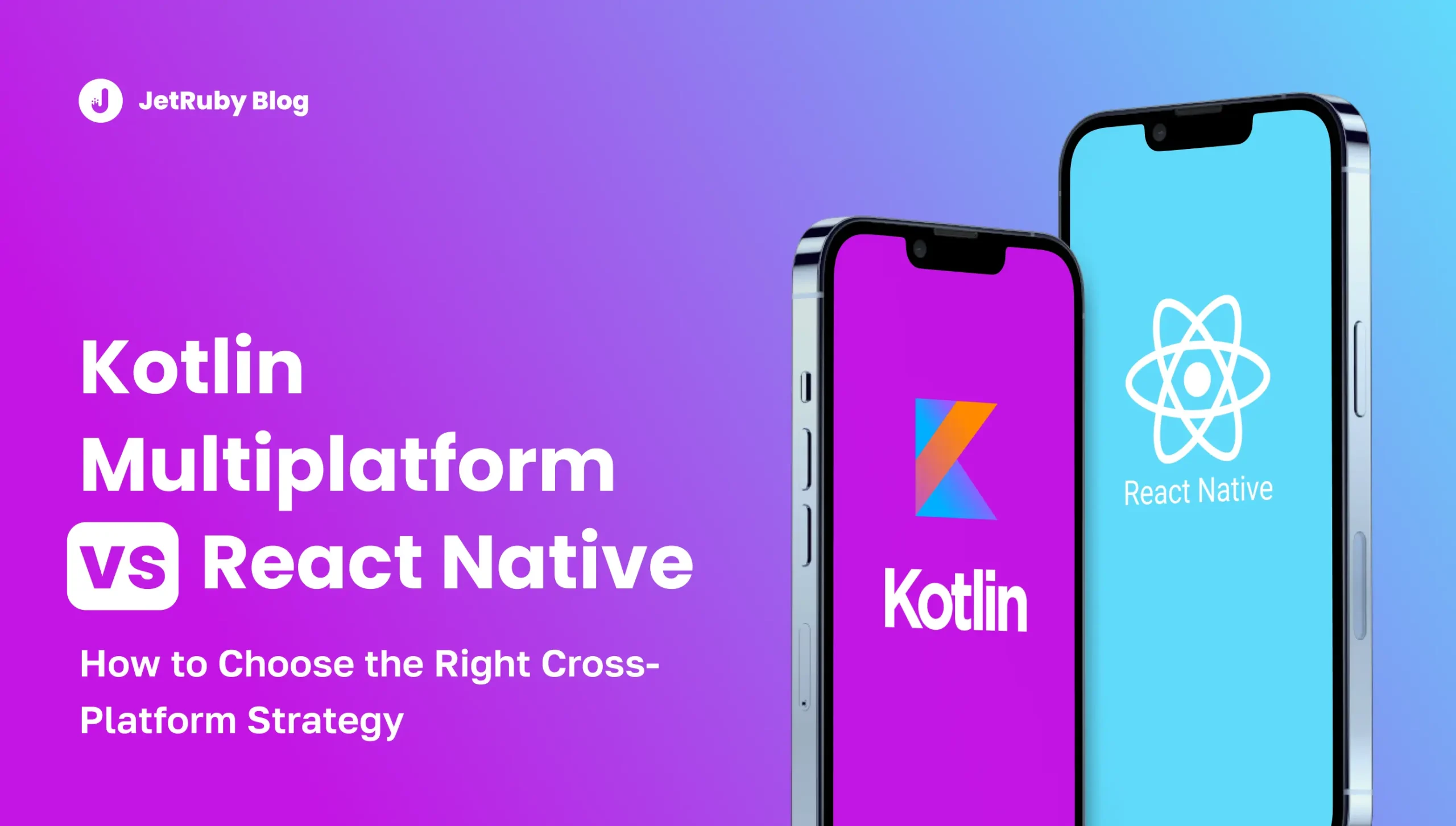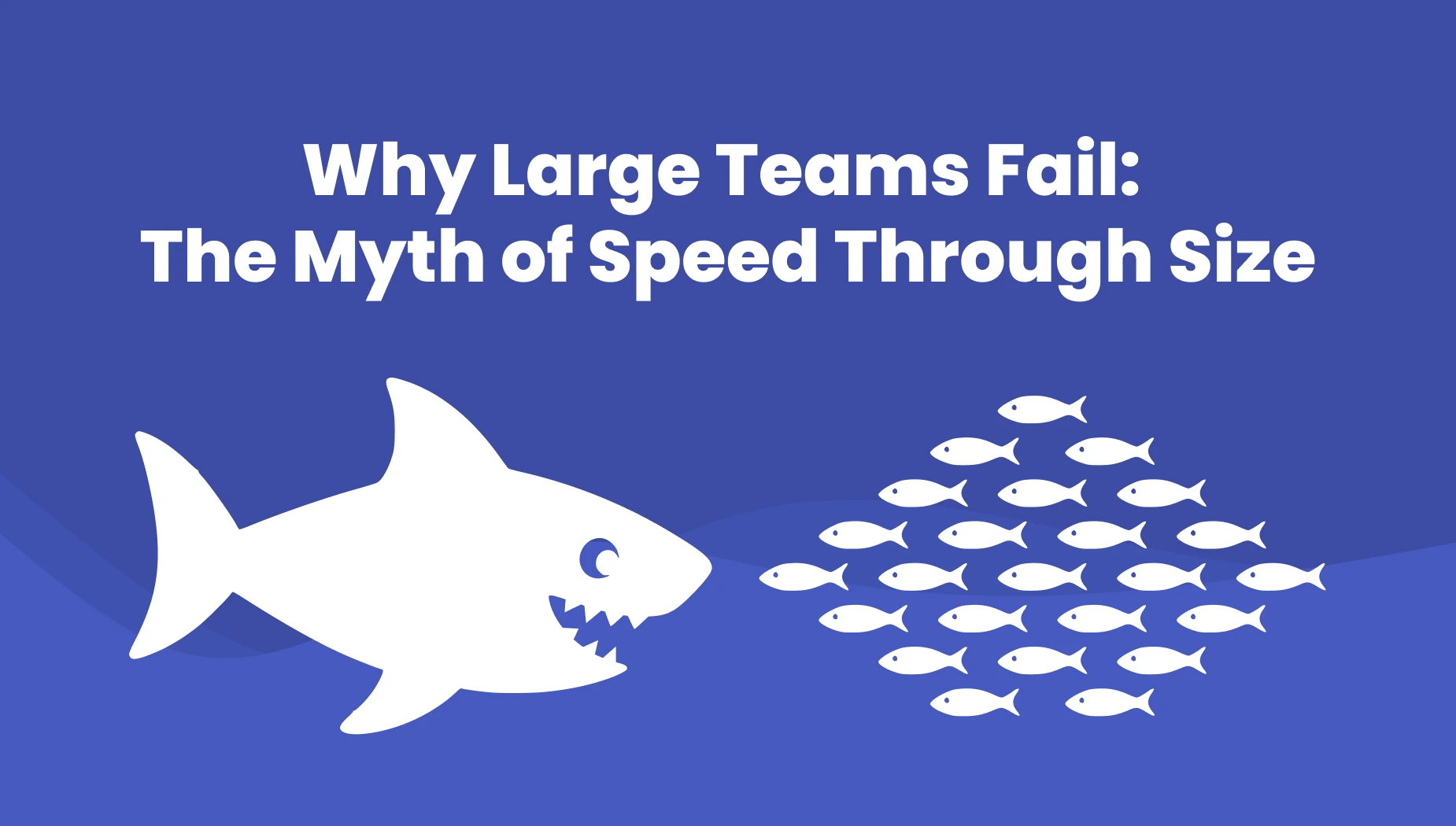Table of Contents
A startup pivot happens when a business decides to change direction without losing sight of its ultimate goal.
Sometimes the plan doesn’t match reality. A pivoting approach is about being smart enough to notice that and brave enough to make a change. It’s a strategy for survival and growth when the original plan isn’t delivering the results you expected.
So instead of starting from scratch, you take what you’ve learned and apply it in a new way.
But what are the signs it’s time to pivot? How do you do it without losing your way? And what lessons can we learn from companies that pivoted and made the most of it?
In this article, we’ll discuss the types of pivots, why they matter, and how to pivot your business successfully.
Let’s dive in!
Key takeaways
- Every startup pivot varies, from focusing on a standout feature (zoom-in pivot) to targeting a new audience (customer segment pivot) or adjusting the business model. Choosing the right type can reshape your business trajectory.
- Customers are the ultimate validators of your idea. Regularly gather and analyze feedback to pinpoint misalignments and areas for improvement. Their insights can guide a pivot strategy tailored to real needs.
- Use business metrics like retention rates, revenue growth, and customer acquisition costs to evaluate your startup’s performance. Data highlights weak points and ensures your pivot decisions are grounded in evidence.
- Testing with an MVP clarifies what’s working and what needs improvement. It’s a cost-effective way to refine your product and align it with market expectations before scaling.
- Tools like SWOT analysis and customer journey mapping provide a structured framework for making informed pivot decisions, reducing risks, and maximizing opportunities.
6 Common types of pivots to consider
Let’s first look at these business pivot types to understand how a pivot works.
Zoom-in pivot
This happens when a startup realizes one specific feature or aspect of its product is getting all the attention. Instead of offering a wide range of features, you narrow your focus to make that one feature the star.
Instagram originally started as a check-in app called Burbn, but they noticed users loved photo-sharing. That was their big pivot, and it turned them into one of the biggest platforms on the planet.
Zoom-out pivot
On the other hand, sometimes a product might be too narrow. You might need to expand if your initial offering isn’t enough to satisfy the broader market. A zoom-out pivot is about adding features or services to the original idea to make it more appealing to a larger audience.
Think of how Twitter (now X) started as a side feature within another service called Odeo. When podcasting didn’t take off, X grew from a small niche into the massive platform it is today.
Customer segment pivot
This happens when your original audience isn’t biting, but another group is unexpectedly interested. In this case, you switch gears and target a different customer group.
Let’s take a Slack pivot, for example. Although it was initially created for gamers, its owners found its true home in workplaces. They shifted their focus, and now it’s a go-to communication tool for businesses.
Customer need pivot
What if the problem you thought your product was solving isn’t the real problem? This happens when a startup realizes that while the target audience is right, the problem they’re solving is not what customers actually care about.
For example, a company may start by offering a fitness app, but through customer feedback, they learn that users are more interested in wellness tracking instead.
Revenue model pivot
Sometimes, the way you make money just isn’t working. Maybe you started with a freemium model, but customers don’t pay for premium features. A revenue model pivot means switching how you charge for your product. You could switch from ads to subscriptions or vice versa.
Take YouTube as an example. Initially, they allowed free uploads and watched ads. But as the platform grew, they pivoted to include a subscription model with premium content.
Technology pivot
This is when a business discovers a more efficient way to achieve the same goal using different technology. If your current tech isn’t scalable or efficient enough, this pivot helps you apply new tools to reach the same objectives, often at a faster pace or lower cost.
Take one of the best business pivot examples. Netflix started as a DVD rental service, but as streaming technology improved, they pivoted to focus on streaming movies and shows. This change opened up a world of new opportunities and revolutionized entertainment.
When it’s the right time to pivot business strategy?
An MVP, or Minimum Viable Product, is your product’s first real test in the market. It’s designed to gauge how your idea performs with early users and whether it solves the problem it was meant to address.
So here comes your first MVP launch.
But what if the feedback isn’t what you expected? Or the numbers don’t line up with your goals?
This is where a pivot in business might be the next step.
Let’s explore some clear signs that it’s time to make a change, whether during the MVP phase or shortly after.
When you fail to hit the product-market fit
Here’s the deal: if your product doesn’t solve a problem people care about or doesn’t solve it well enough, it’s a red flag.
Let’s say you launch an app that helps people track their daily habits. It has flashy features and a sleek design, but early users complain it’s too complicated to use. They’re dropping off because the app isn’t making their lives easier.
How do you pivot here?
Look closely at who your target audience is and what they truly need. You could narrow your focus to a smaller, more specific audience. You redesign the app for busy working parents who need simple tools to manage their routines.
Or you tweak the features to prioritize ease of use over flashy extras.
Peloton is a good example. They started as a high-end stationary bike company but realized their customers valued community and engagement. They pivoted to offer on-demand fitness classes, transforming exercise into a connected experience.
When someone else does it better
Even the best products face competition. Sometimes, competitors introduce a solution that is better than yours. They’re offering more features, better pricing, or a smoother experience.
If your MVP is suddenly outdated or overshadowed, it’s time to re-evaluate.
What can you do?
Differentiate yourself. You pivot to focus on features or experiences that your competitors don’t have or can’t replicate.
Ask yourself, “What can we do better?”
Being smaller often means being more flexible, take advantage of that. And instead of trying to do everything, do one thing exceptionally well.
When users tell you something’s wrong
Feedback from your users is gold, even when it’s negative. Especially when it’s negative. No one enjoys criticism, but negative feedback often carries invaluable insights. If you keep hearing the same complaints, it’s a signal that something about your product isn’t working.
What should you do next?
Go beyond surface-level fixes, dig deeper to find the root cause, and close those weak spots.
If users find your onboarding process confusing, simplify it. If users can’t find something or can’t use features properly, make the interface intuitive. If they struggle with performance, invest in optimization.
For instance, PayPal’s early days were plagued with user complaints about security and ease of use. The company invested heavily in fraud prevention and user-friendly design, which turned them into a trusted payment platform.
When you lack technological advancements
What seemed cutting-edge when you started six months ago might be outdated by the time your MVP hits the market.
If new tools or methods emerge that make your solution look clunky, it’s time for a lean startup pivot.
Your next steps?
Adopt and integrate the new technology into your product to improve your offering.
Consider Shopify, which started as an e-commerce platform for small businesses. Over time, they embraced emerging trends like AI-driven recommendations and augmented reality for product visualization.
Besides, you can hire a CTO for your startup who will help you integrate new technologies seamlessly.
When people leave faster than they arrive
High user churn is one of the clearest signs something isn’t working. If people download your app, sign up, and visit your website but do not stick around, it’s time to investigate.
Maybe users like the idea of your product but realize it doesn’t deliver long-term benefits. Maybe the features are too generic, or the experience doesn’t feel rewarding.
What can you do?
Make the experience more engaging. Introduce features that encourage long-term use, like daily reminders, progress tracking, milestone rewards, gamification elements, or social sharing options.
If those don’t work, consider whether your product’s focus needs to shift entirely.
When the numbers just don’t budge
Revenue growth is a sign that your product has long-term viability. If your MVP isn’t gaining traction or revenue stops growing, it’s time to assess why.
Sometimes the problem lies in your pricing model. Maybe you’re targeting users who love your product but aren’t willing to pay for it. Or perhaps your market is too small to support the kind of growth you’re aiming for.
For example, if your product appeals to students but costs as much as professional software, they might not buy in.
What’s the pivot?
Experiment with different pricing models. Offer freemium options, tiered pricing plans, or discounts for specific groups.
When Adobe realized their one-time software sales didn’t generate long-term growth, they shifted to a subscription model with Adobe Creative Cloud. This strategy pivot created a steady, predictable income stream.
Expanding your market can also work wonders. For example, a language-learning app originally aimed at tourists might pivot to target students and professionals to increase a potential user base.
8 Steps to run a successful startup pivot strategy
Below, we break down each step with key details that demonstrate how it adds value to your business pivoting. Combined together, they can help you create a customer-focused product and deliver on time.
1. Perform a SWOT analysis
Before making any big moves, evaluate where you stand.
A SWOT analysis is a strategic tool to analyze internal and external factors that influence your business.
It gives you a snapshot of your business health, pinpoints areas for improvement or untapped potential, and provides a roadmap for strategic decision-making.
- Strengths. Identify what differentiates your business. This could be unique products, a skilled team, or a strong market presence. Leveraging these assets ensures your pivot builds on a solid foundation.
- Weaknesses. Analyze areas where your business is underperforming. Addressing these weak spots, such as resource gaps or lack of expertise, mitigates risks during the pivot.
- Opportunities. Pinpoint external trends that could benefit your pivot, such as emerging technologies, untapped markets, or shifting consumer preferences.
- Threats. Assess external risks like new competitors, economic challenges, supply chain disruptions, or regulatory changes. Recognizing threats early helps in crafting contingency plans.
2. Evaluate customer feedback
Customer feedback offers direct insights into user needs, preferences, and pain points. To pivot effectively, you must understand where your product aligns or fails to align with customer expectations.
- Gather qualitative and quantitative feedback through surveys, user interviews, and customer support interactions.
- Ask users what features they value or want improved.
- Focus on recurring themes to identify high-impact changes.
- Prioritize actionable feedback that directly informs product improvements.
By aligning your pivot with validated customer needs, you reduce the risk of wasted resources and increase the likelihood of market acceptance.
3. Analyze business metrics
Numbers tell a story. Dive into business KPIs to understand where your startup is thriving and where it’s falling short.
- Customer acquisition cost (CAC). Is it too high compared to your revenue? High CAC may indicate marketing inefficiencies or a lack of product differentiation.
- Retention rate. Are customers leaving too soon? Low retention suggests a disconnect between user expectations and product delivery.
- Revenue growth. Is your income stagnant or declining? Stagnant or declining growth signals the need for a strategic shift.
- Profitability. Are you spending more than you’re earning? Assess whether your pivot aligns with long-term financial goals.
Use analytics tools like Google Analytics to track these metrics over time.
4. Assess the competitive landscape
Take a hard look at your competitors. Are they doing something better, faster, or cheaper than you? Evaluating your competitors helps you identify gaps in their offerings and areas where your product can stand out.
- Compare features, pricing, unique selling points (USPs), and user experiences to uncover opportunities for differentiation.
- Monitor market leaders for trends and strategies that align with user demand.
- Identify underserved niches that your pivot can target.
- Look for reviews of your competitors. What are their users praising or complaining about?
Create a competitive matrix to visualize how your product stacks up in terms of features, pricing, and value.
5. Consider your current resource allocation
A successful pivot requires efficient use of available financial, human, and technological resources.
- Evaluate team capabilities to ensure the skills match the pivot’s demands.
- Assess whether existing tools and infrastructure can support the new direction.
- Find out if you have the funding to execute the pivot.
- Prioritize cost-effective adjustments to avoid overextending resources.
Finding a perfect tech co-founder for your tech startup would greatly increase your chances.
6. Set clear objectives and develop a new startup pivot strategy
You need a roadmap. Define what success looks like and create an actionable plan to get there.
- Set SMART goals (Specific, Measurable, Achievable, Relevant, Time-bound).
- Align your objectives with the insights gained from SWOT, feedback, and metrics.
- Break objectives into short-term and long-term startup milestones.
- Adapt team roles and responsibilities with the pivot’s objectives.
A well-defined strategy provides a clear roadmap, aligns all stakeholders, and ensures measurable and trackable progress.
7. Build an MVP (Again)
A pivot requires testing a new concept. Build a revised MVP to validate your new direction.
- Focus on core functionalities that address the pivot’s primary goal.
- Release the MVP to a select group of users to gather targeted feedback.
- Iterate based on real-world insights to refine the product.
You can also use low-code platforms or high-fidelity prototypes to speed up development.
8. Post-pivot: monitor and analyze
A pivot doesn’t end when your new MVP launches, there’s a life after MVP. Track its performance to ensure your changes are hitting the mark.
- Track user engagement to measure the adoption of new features or changes.
- Monitor retention rates to evaluate the long-term success of the pivot.
- Analyze revenue trends to assess financial stability and growth.
- Gather feedback from customers and stakeholders to refine strategies further.
Set up dashboards to track these metrics in real time, and hold regular review meetings to stay agile.
Startup pivot made seamless with JetRuby’s MVP services
When pivoting businesses, the right partner can make all the difference.
With JetRuby’s MVP Development Services, you gain a trusted partner equipped to help you transition smoothly, test hypotheses effectively, and bring your ideas to life in a streamlined, cost-efficient way.
How JetRuby drives startup pivot strategy success through MVPs:
- Every pivot starts with a deep understanding of your goals. Our Business Analysts work with you to refine requirements, ensuring alignment with market demand.
- Our UX/UI Designers create intuitive, audience-focused interfaces that make your MVP usable and appealing right out of the gate.
- A Solution Architect ensures your MVP is scalable, secure, and capable of adapting to future growth or adjustments.
- With a dedicated Project Manager guiding the process, you stay informed at every stage. We have feedback loops built into our workflow to ensure your vision is reflected in the final product.
- Our QA Engineers rigorously test your MVP to resolve critical bugs and ensure a seamless user experience.
What sets JetRuby apart?
JetRuby’s ISO-standard engineering process ensures each MVP meets global quality benchmarks.
But beyond technical expertise, we focus on delivering real business value:
- Faster feedback cycles. Early user feedback helps you fine-tune your pivot strategy with confidence.
- Tailored team composition. From developers to designers, each project is staffed with specialists who understand your unique needs.
- Market-driven approach. Every decision is backed by insights into your target market and user expectations.
- Seamless transition to full product development. Once your MVP proves its potential, our team supports you in scaling or evolving the product.
- Increased flexibility. Early results allow you to adjust your strategy based on real-world data, not assumptions.
If you need strategic pivot consulting or you have any questions left, please don’t hesitate to drop us a line!




